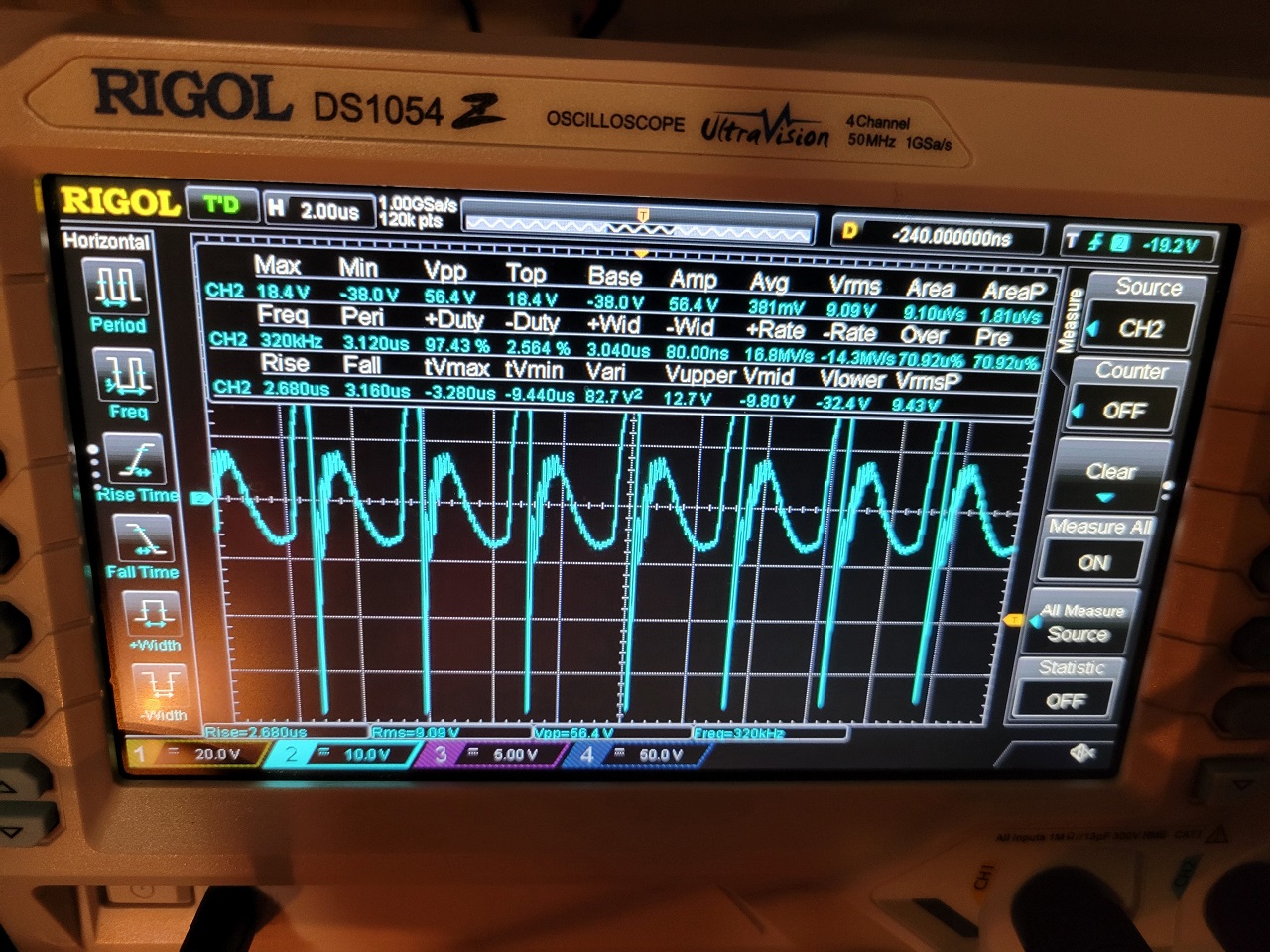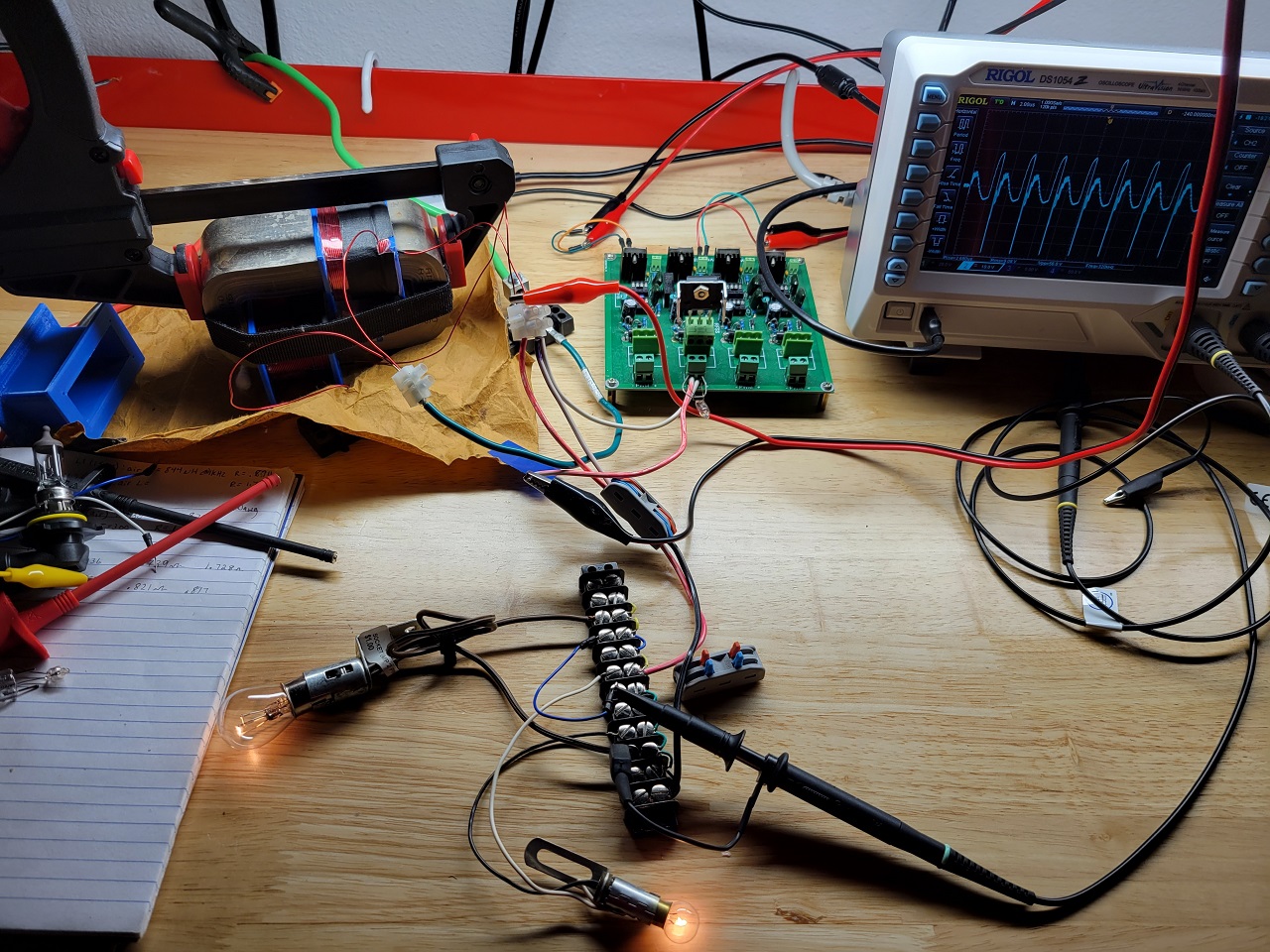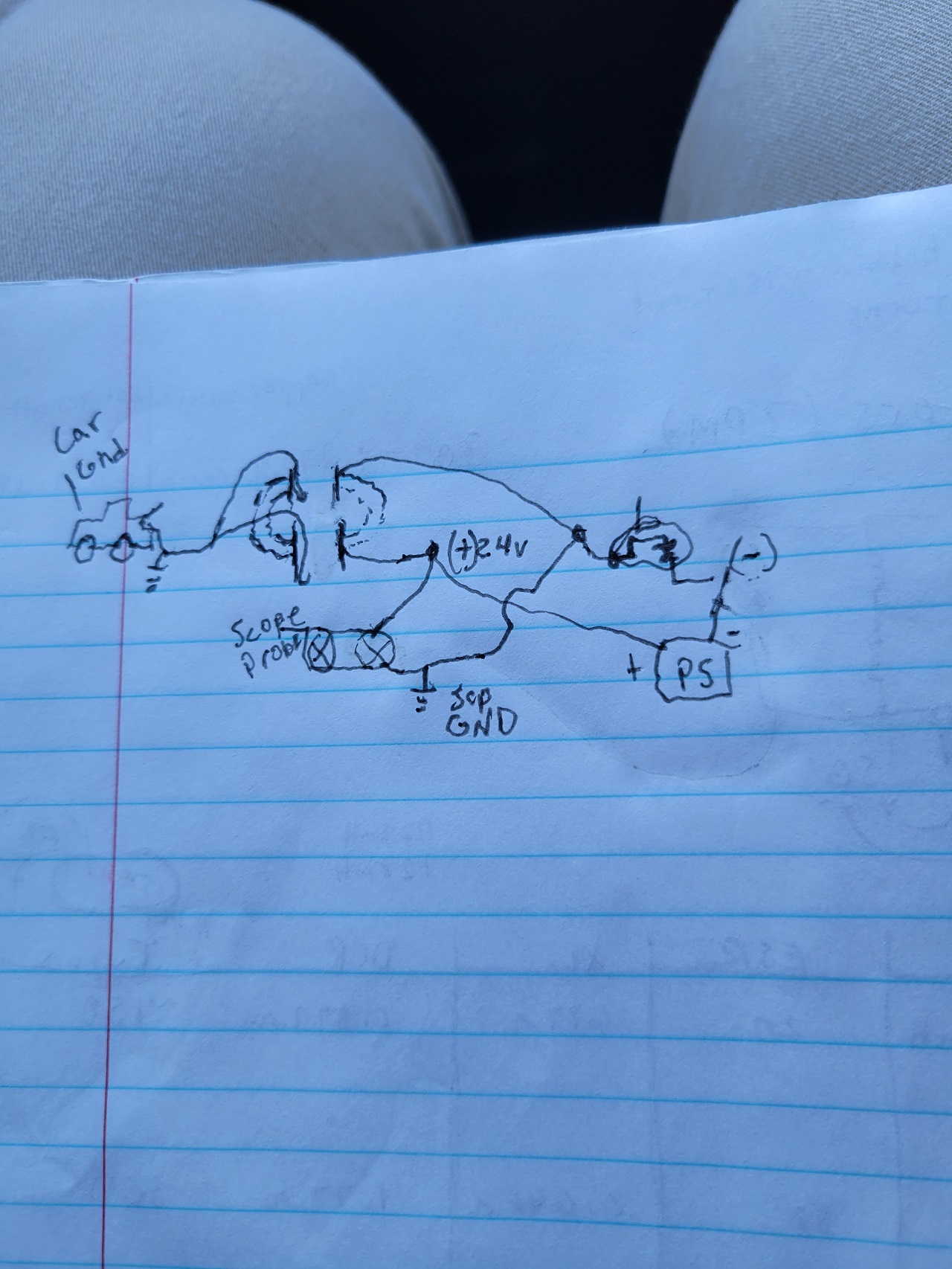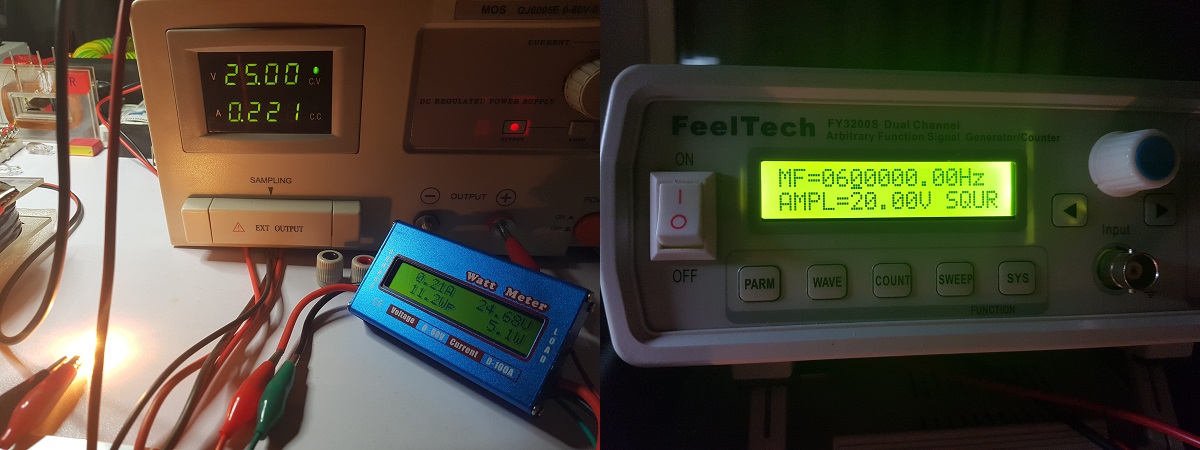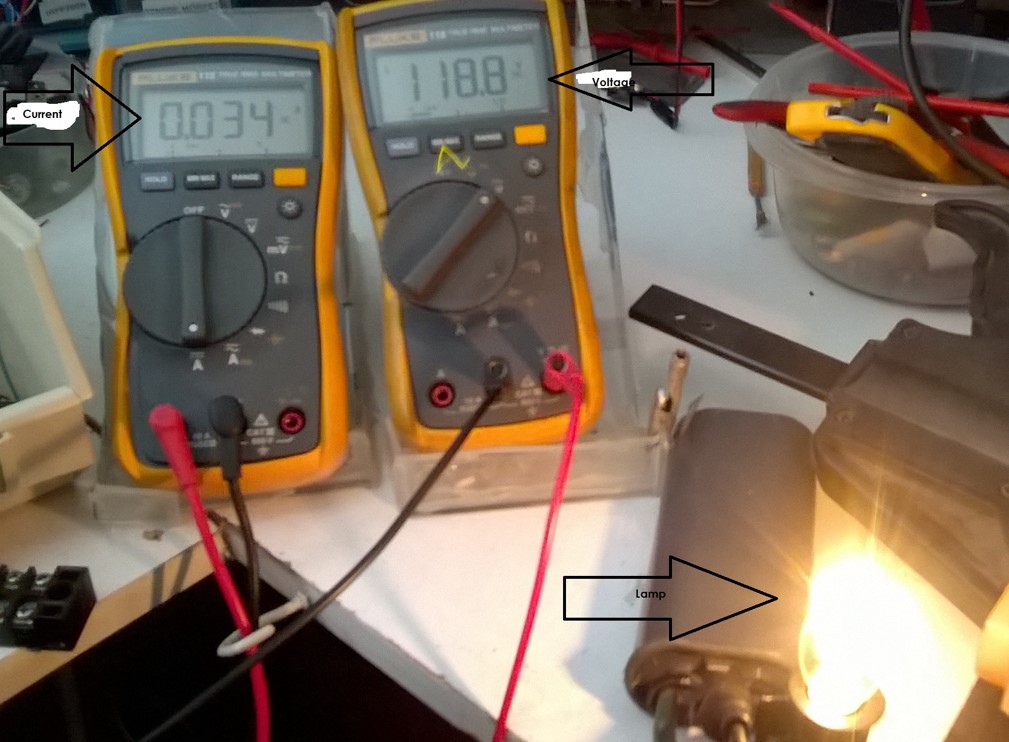Fighter
posted this
16 January 2023
Hello AlteredUnity and welcome,
Hey everyone, im glad you started a new community, its a shame your device went from "should be first device to replicate after Non-inductive coil" to a toy, to deleted.
Well, there are a very few rational things remaining on the old aboveunity site and there is almost zero real research since we left. The old site is basically dead in the water since then.
We needed to build our new home after that mentally-ill guy started attacking the members of his own team using false accusations and invented reasons, as everyone can see since we left the old aboveunity site became a place of paranoia, lies, disinformation, an religious-like cult with its wannabe cult leader banning "infidels" and preaching the "Bible" of the so-called partnered output coils which is a road going nowhere. What he doesn't realize is the only ones who kept his site advancing and being in top are us, the entire core team of researchers which are now here. You'll find here the entire core team of researchers, former aboveunity members, which are continuing their research and their experiments here.
You can find more details about all these in our public replies (with solid evidences) to his lies and and his false accusations against us here, there are harsh but well deserved words in our replies but the most important there are the proofs we present.
About the deleted ZPM threads, I'll import them in our site as I find time but it will take a while as there is a lot of experiments, tests and data in these threads. Until it's done everyone can download and use the backup archive with the ZPM threads here.
I wasn't aware you're experimenting with ZPM, I'm glad about it, who knows how many researchers are experimenting and replicated it without going public with their replications ?..
You have a very nice and clean setup there. I see your already have the very familiar ZPM waveform pattern so that tells me you're on the right track with your ZPM replication.
So you don't have the input decreasing effect yet ? Could you present an electronic scheme of how everything is connected in your replication ? Is there a ground connection ? If yes add it to the scheme too.
Since I shown my two ZPMs functioning (the prototype and a replication) there are another three successful ZPM replications: one kept secret for about one year by Chris (you'll find it in the backup archive I specified above) and two new public replications here on our site presented by Atti and Jagau.
So let's try to figure out the cause why the input decreassing effect is not present yet.
Regards,
Fighter
| "If you want to find the secrets of the universe, think in terms of
energy, frequency and
vibration." |
|
|
Nikola Tesla |
